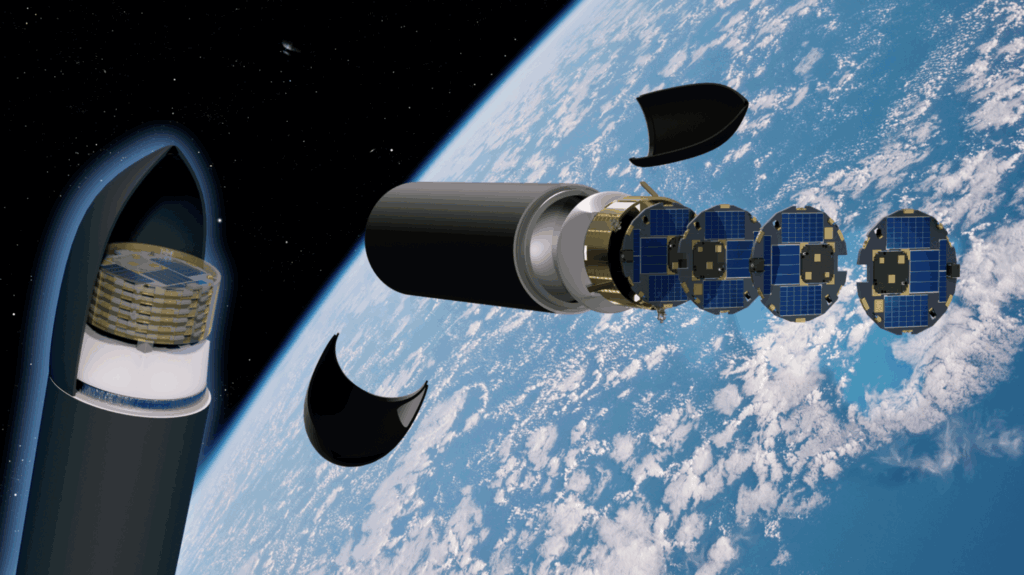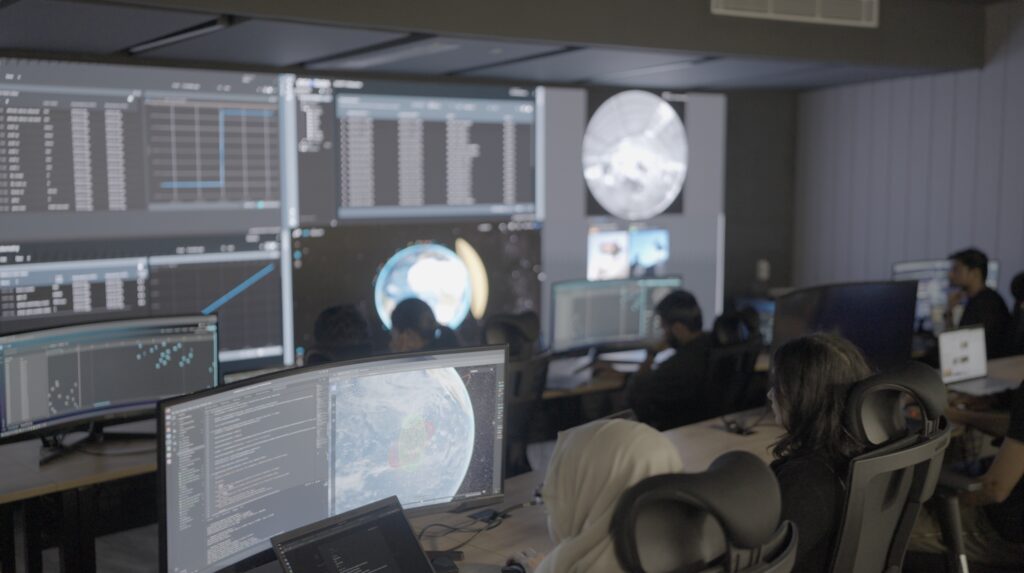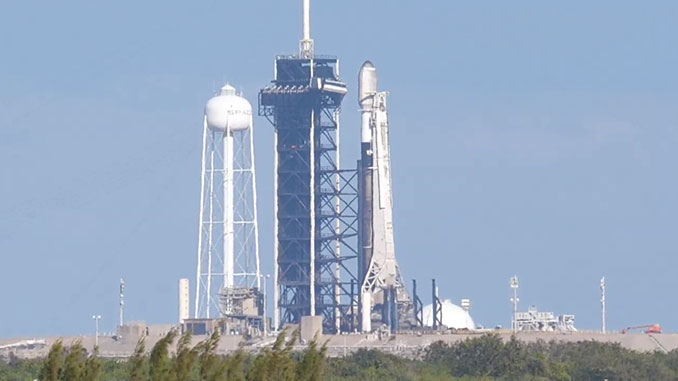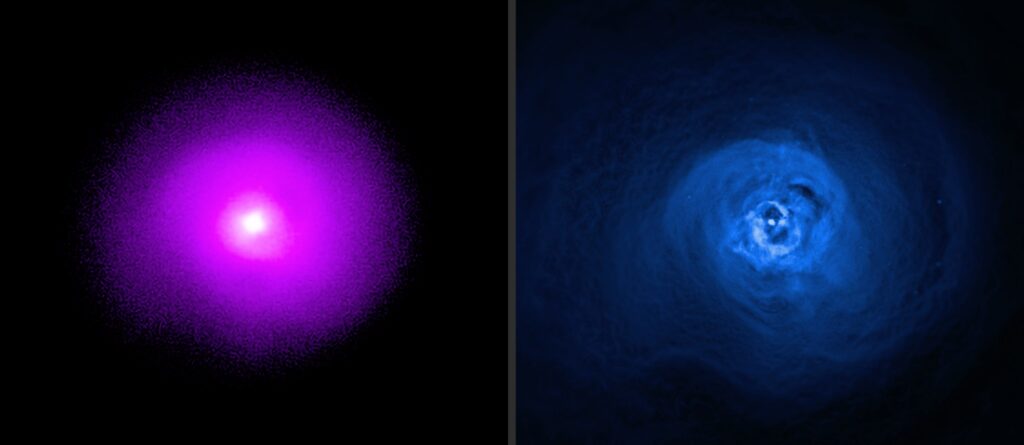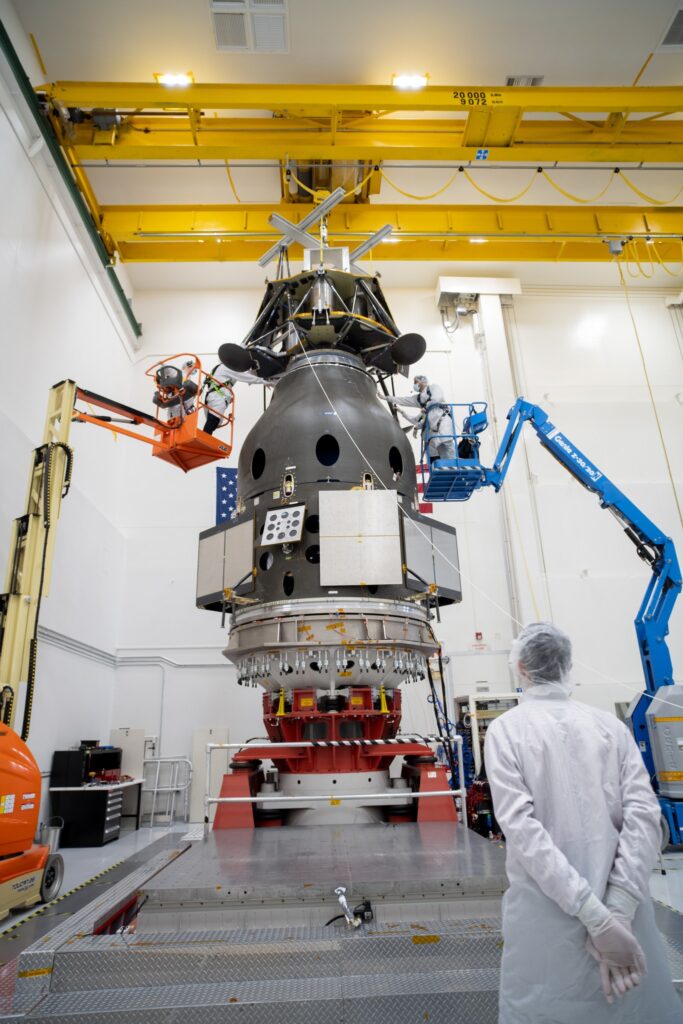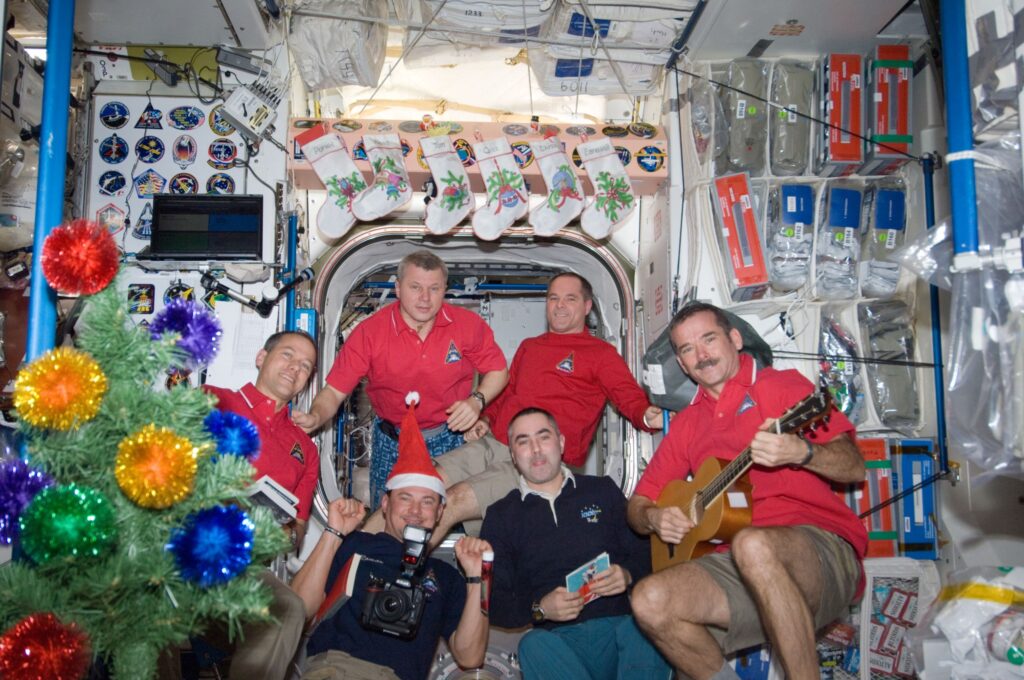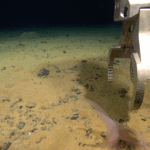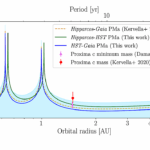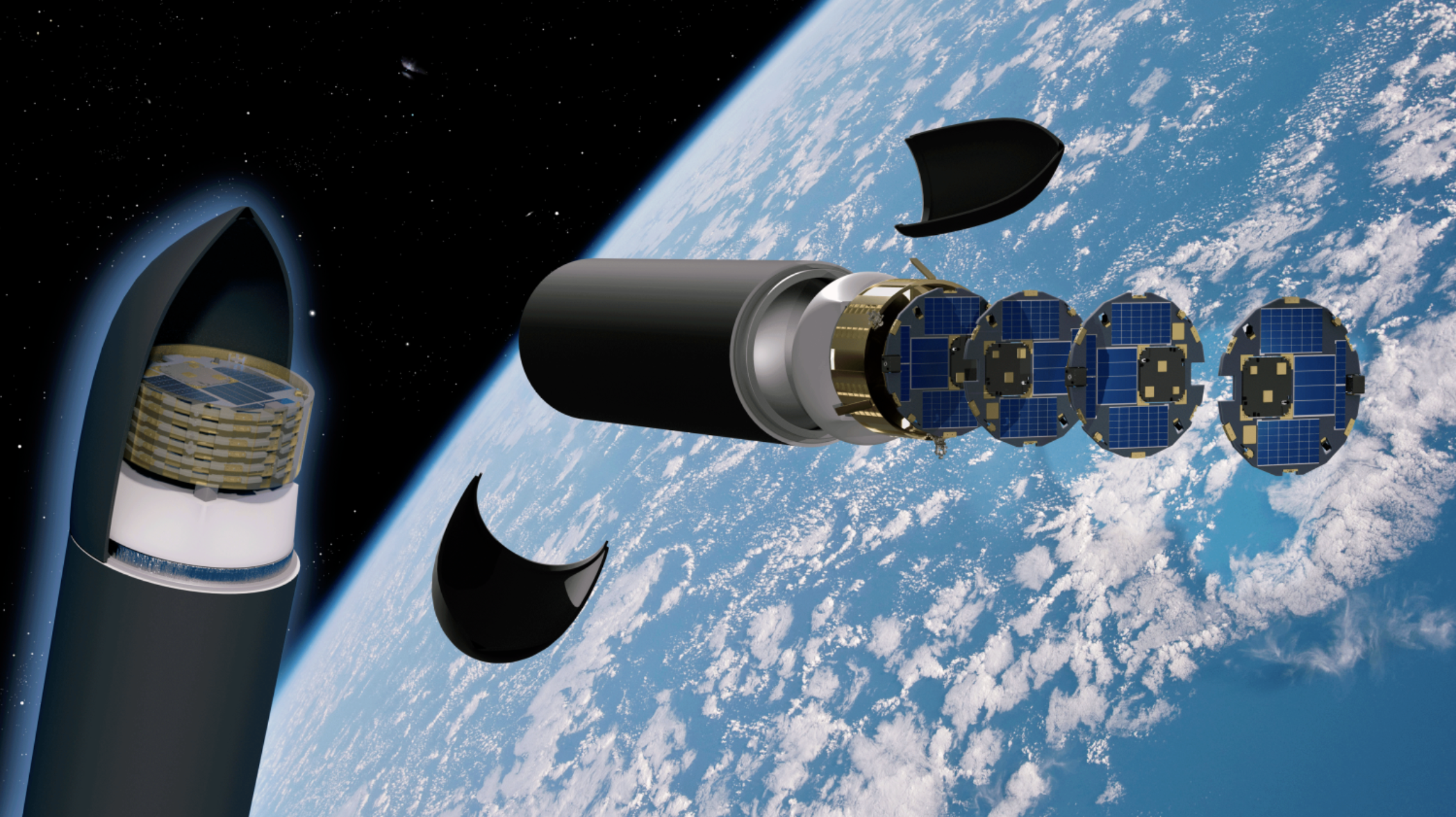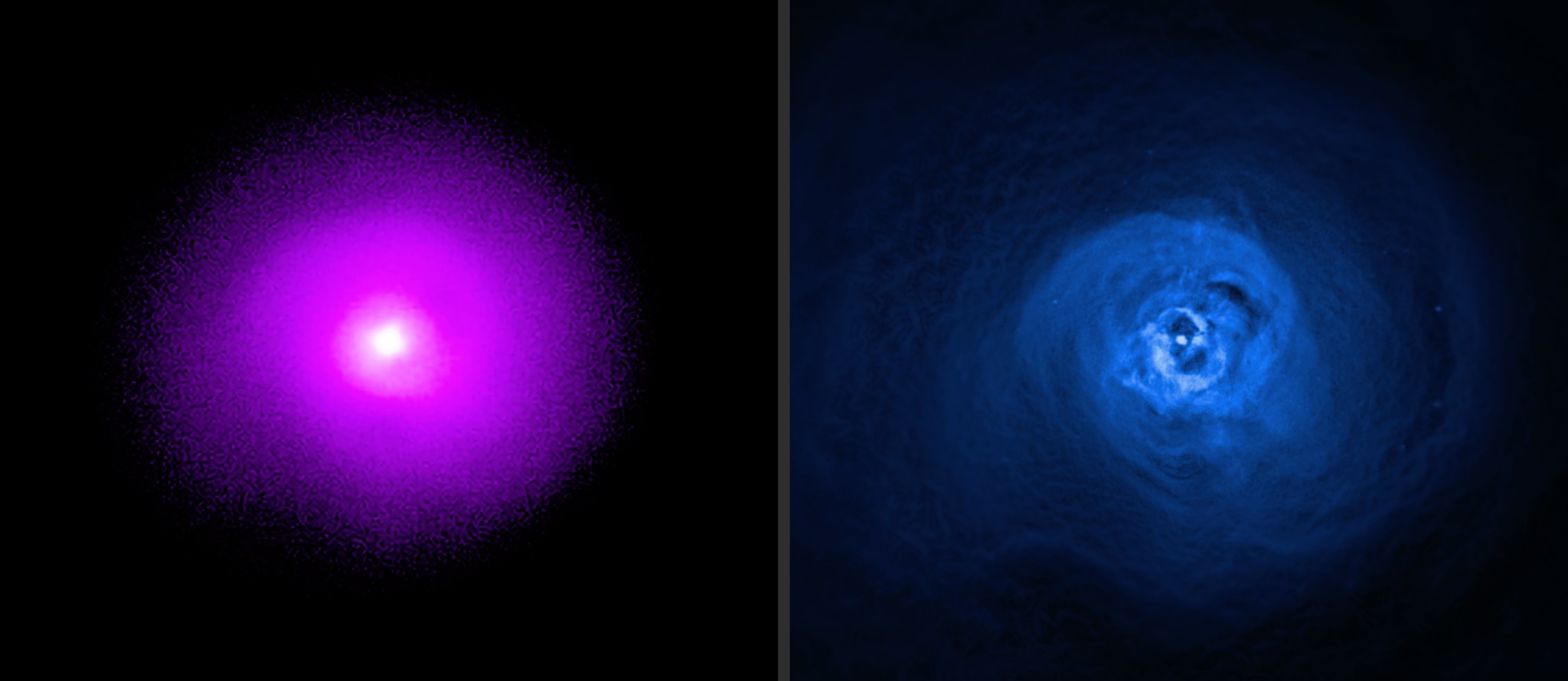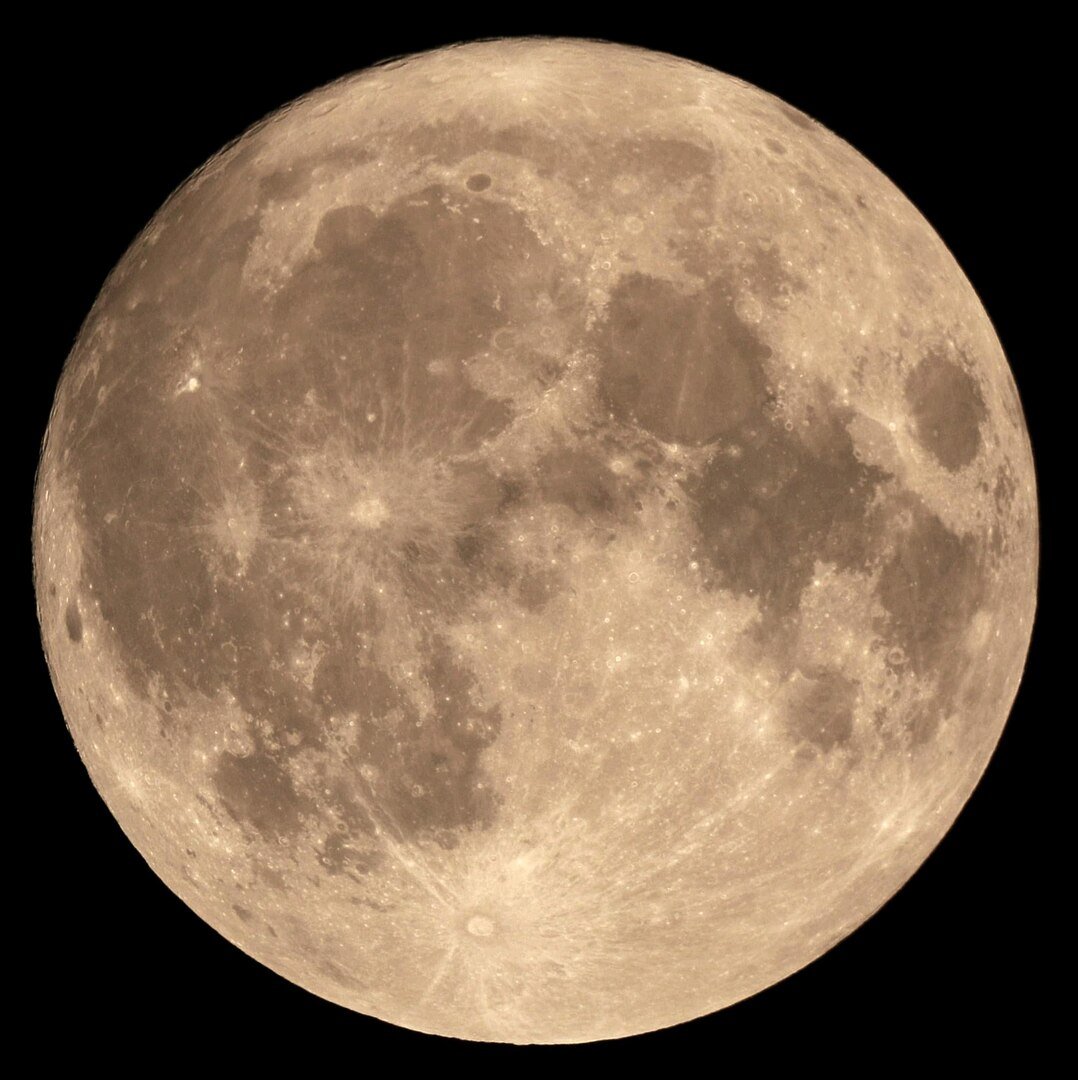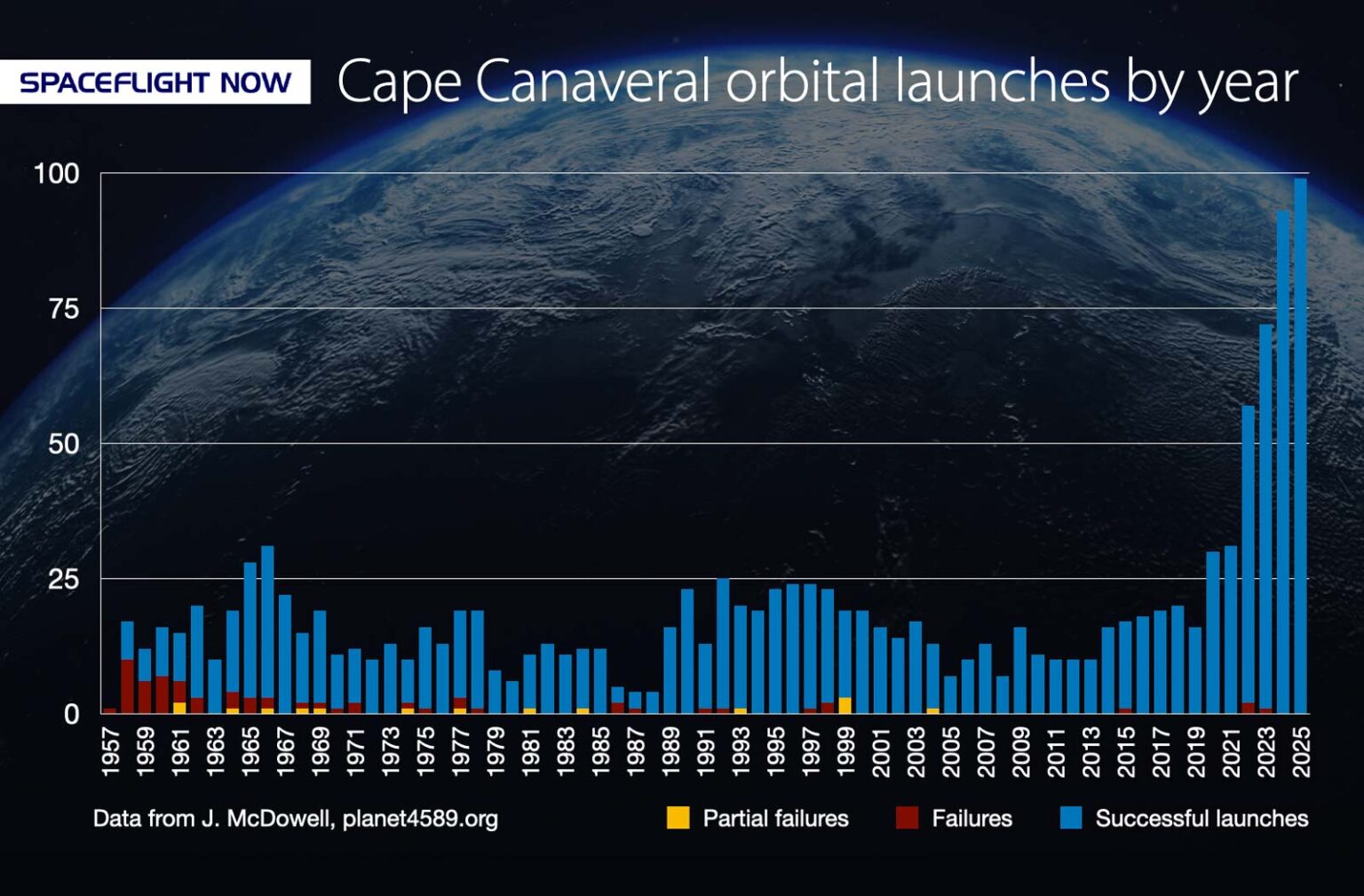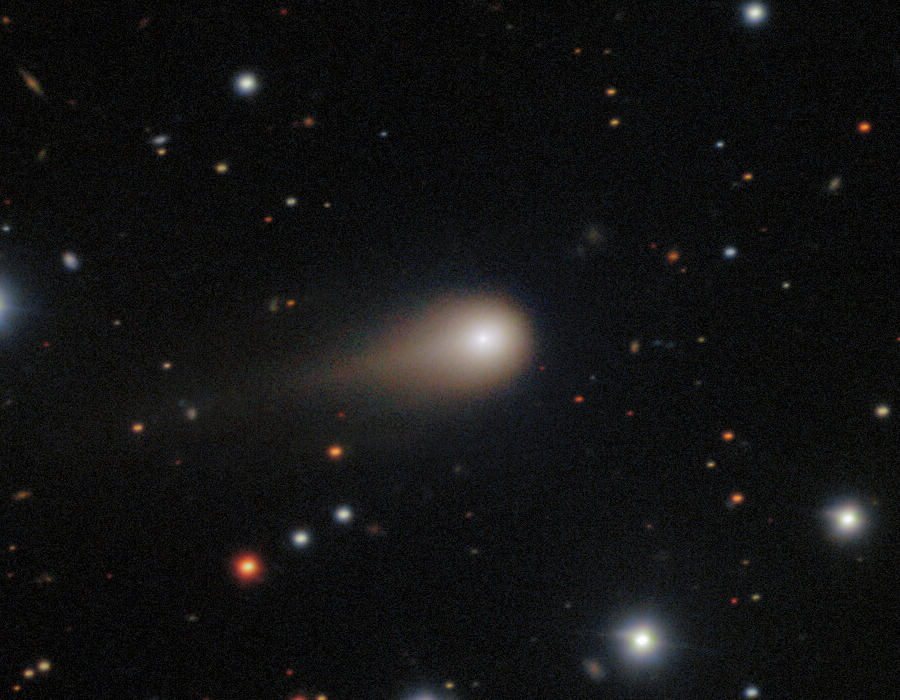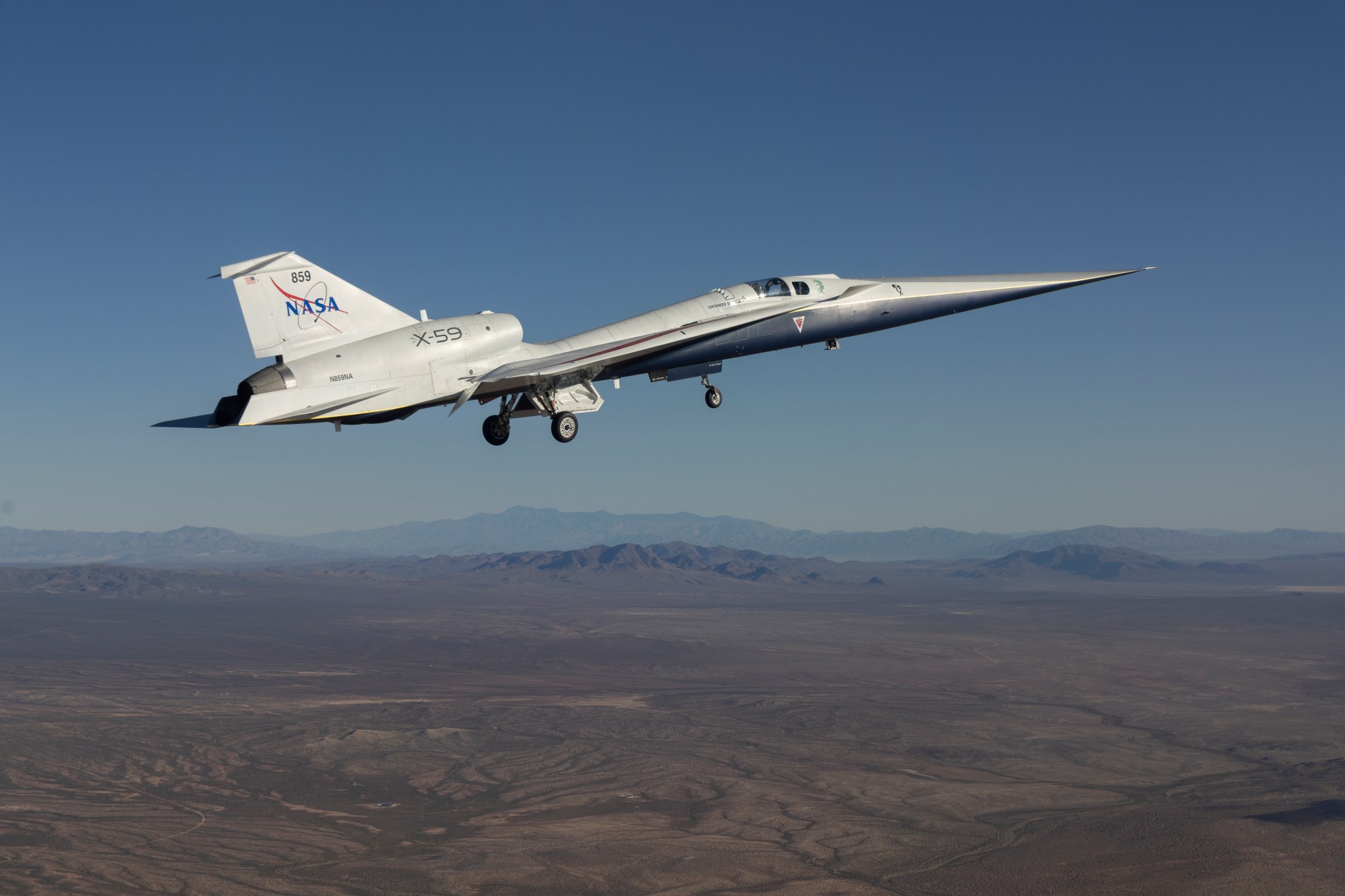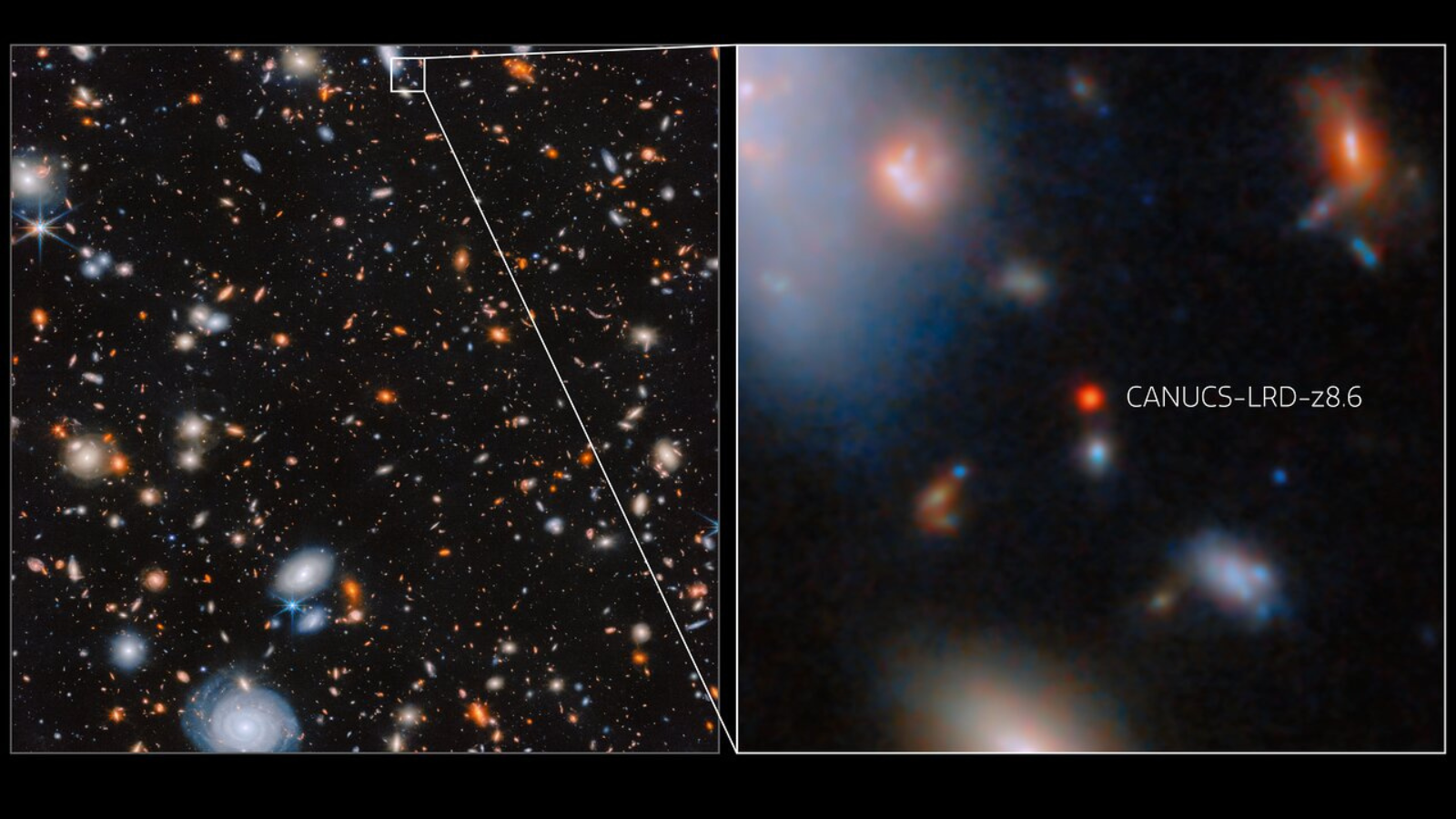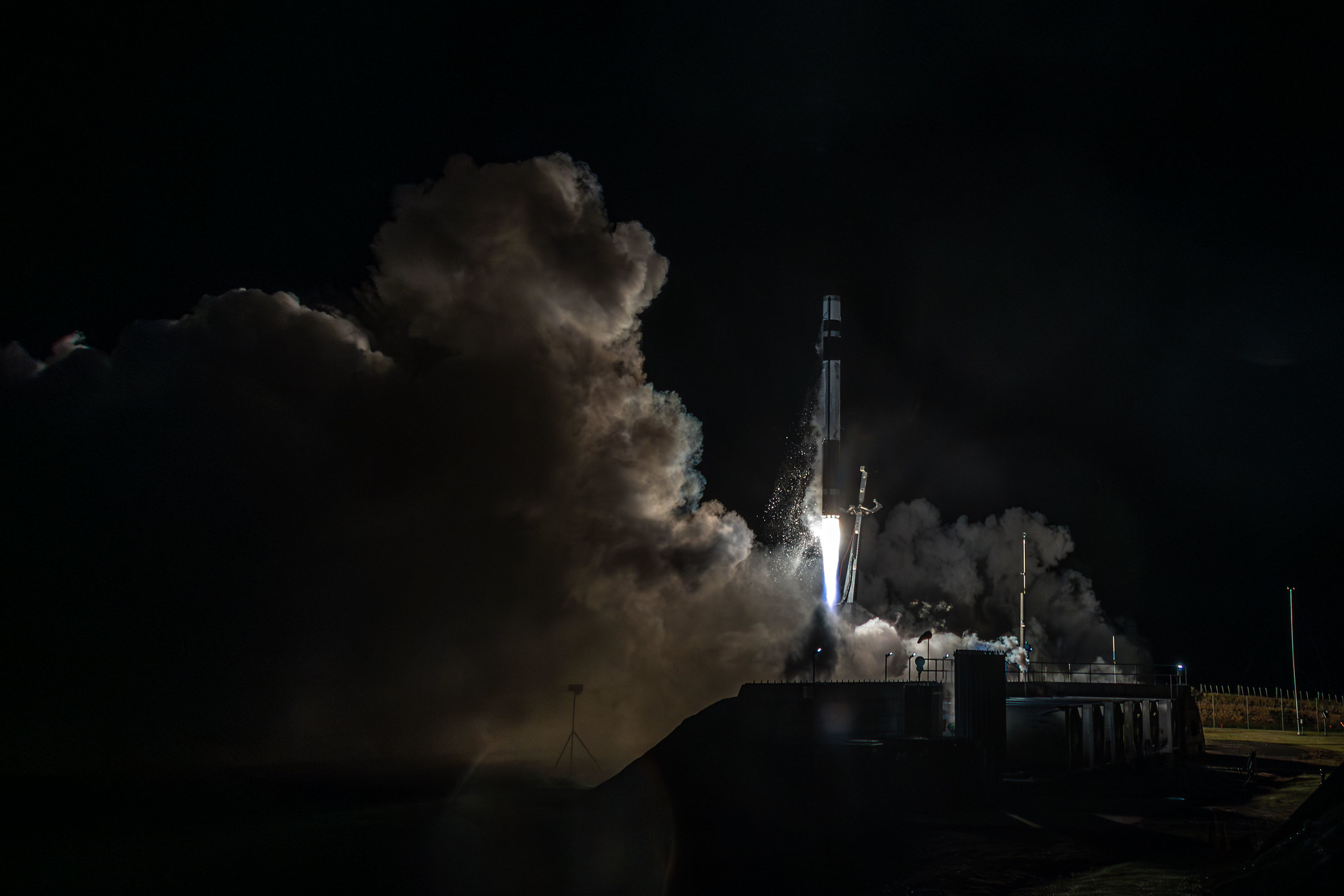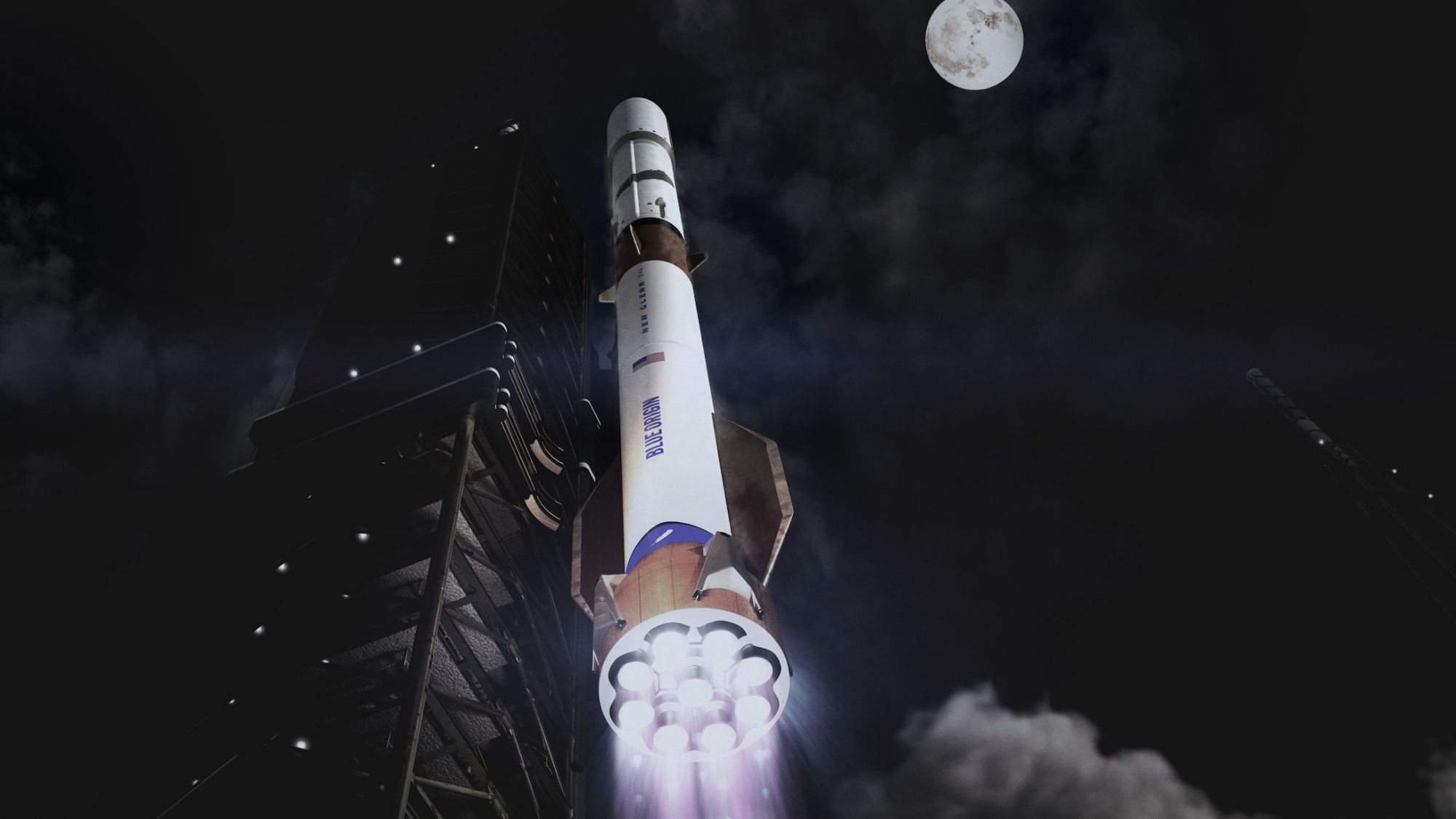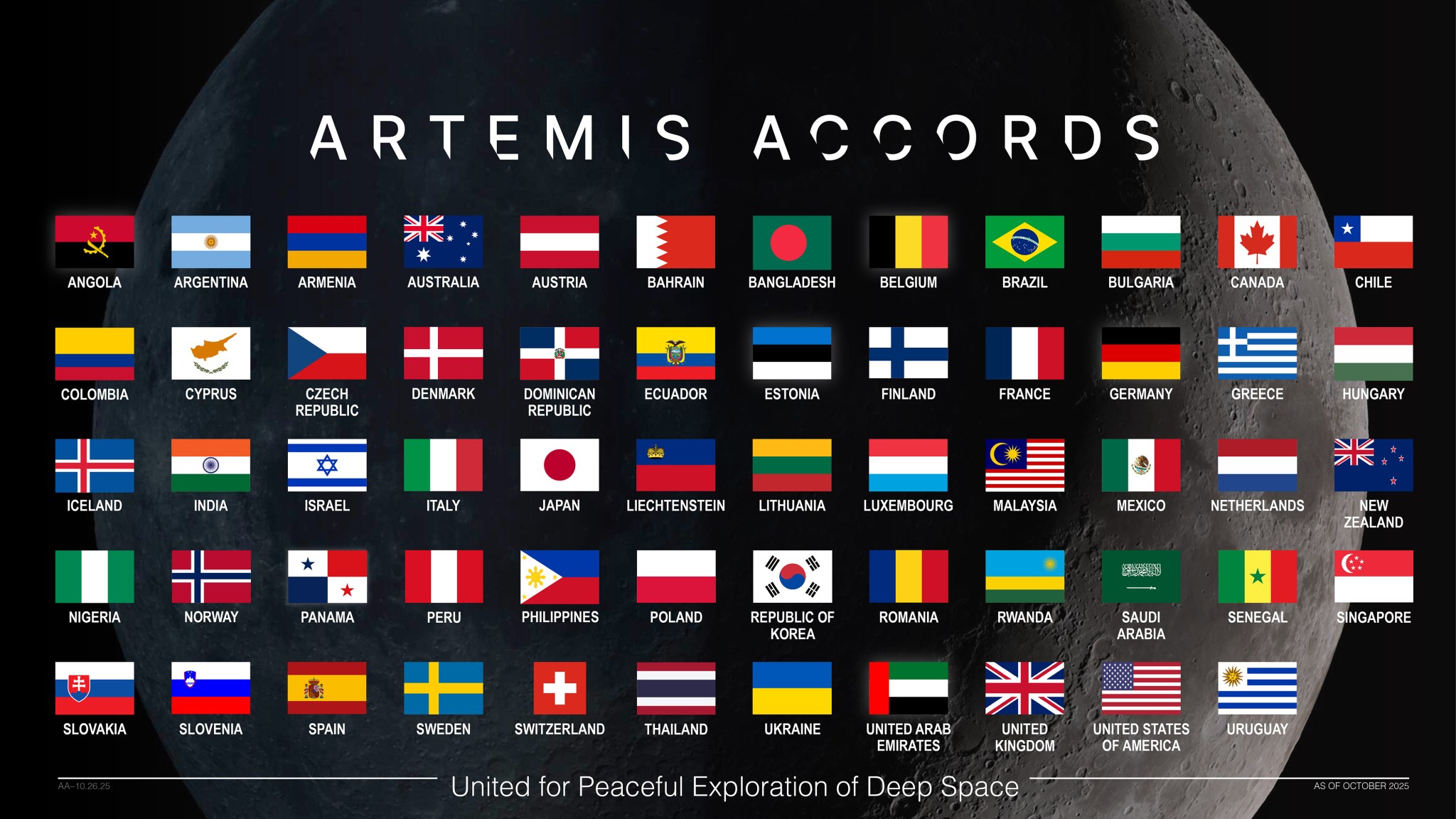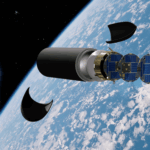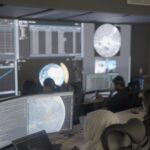The Moon gains new craters all the time, but catching one forming is surprisingly rare. Between 2009 and 2012, something struck our celestial companion just north of Römer crater, creating
A Falcon 9 stands ready on launch at pad 39A at the Kennedy Space Center ahead of the Starlink 6-78 mission. Image: Spaceflight Now. A Falcon 9 rocket is scheduled
When an interstellar comet tears through our Solar System at 250,000 kilometres per hour, pinning down its exact trajectory becomes a race against time. ESA astronomers achieved something unprecedented in
NASA/Lori Losey NASA’s X-59 quiet supersonic research aircraft took off for its historic first flight on Oct. 28, 2025, at 11:14 a.m. EDT from Lockheed Martin Skunk Works in Palmdale,
The European Space Agency’s Euclid mission—designed to map the geometry of the dark universe with unprecedented precision—continues to deliver its first scientific insights. The Euclid Consortium has published a fresh
NASA astronaut Scott Tingle NASA named astronaut Scott Tingle as chief of the Astronaut Office at the agency’s Johnson Space Center in Houston, effective Nov. 10. A decorated spaceflight veteran
Using the James Webb Space Telescope (JWST), astronomers have uncovered a voraciously feeding and rapidly growing supermassive black hole in the infant universe. Existing just 570 million years after the
BREMEN, Germany — Rocket Lab launched a payload for an undisclosed commercial customer Nov. 20, just hours after the company announced plans for the launch. The Electron lifted off from
Blue Origin’s New Glenn rocket is getting even more powerful. Jeff Bezos‘ spaceflight company announced today (Nov. 20) that it’s upgrading New Glenn, a partially reusable heavy lifter that aced
NASA October marked the fifth anniversary of NASA and the original founders signing the Artemis Accords, as well as the recognition of Hungary, Malaysia and the Philippines joining the expanding
-
 012024 in Review: Highlights from NASA in Silicon Valley
012024 in Review: Highlights from NASA in Silicon Valley -
 02Panasonic Leica Summilux DG 15mm f/1.7 ASPH review
02Panasonic Leica Summilux DG 15mm f/1.7 ASPH review -
 03From Polymerization-Enabled Folding and Assembly to Chemical Evolution: Key Processes for Emergence of Functional Polymers in the Origin of Life
03From Polymerization-Enabled Folding and Assembly to Chemical Evolution: Key Processes for Emergence of Functional Polymers in the Origin of Life -
 04How New NASA, India Earth Satellite NISAR Will See Earth
04How New NASA, India Earth Satellite NISAR Will See Earth -
 05And Thus Begins A New Year For Life On Earth
05And Thus Begins A New Year For Life On Earth -
 06Astronomy Activation Ambassadors: A New Era
06Astronomy Activation Ambassadors: A New Era -
07SpaceX launch surge helps set new global launch record in 2024


